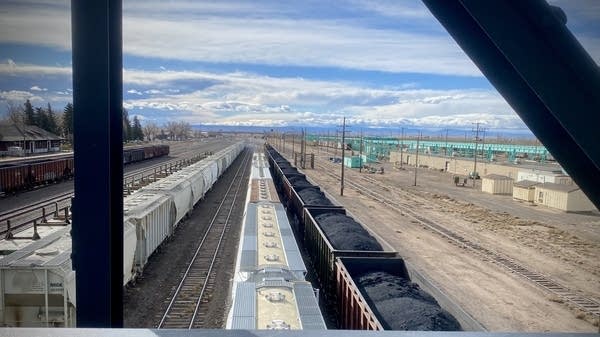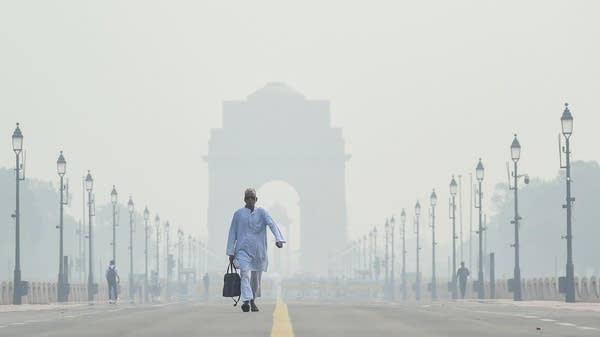As NOAA shutters its database of expensive weather-related disasters, who will fill the gap?
The insurance industry used the public database to estimate future costs, while local governments turned to it for lessons on building resilient infrastructure.

The federal government is going to stop keeping track of our most expensive climate disasters. The National Oceanic and Atmospheric Administration announced on Thursday that it’s no longer updating a database of climate and weather-related events that cost over $1 billion in damages. The agency said the move was “in alignment with evolving priorities, statutory mandates, and staffing changes.”
The database was somewhat unique in that it pulled together information from across the public and private sectors to help people understand the total cost of these disasters.
Some parts of the billion-dollar disaster tool are pretty colorful. It has a map of the U.S. with different icons — a thunder cloud for severe weather, a kind of purple funnel for a tornado.
“Just the graphic alone is an easy way to show what types of events are hitting our country,” said Julie Roberts, who worked as deputy chief of staff for NOAA during the first Trump administration. She’s now a disaster management consultant.
Roberts said the database is an easy way for the public to grasp the total cost of these disasters. And that its discontinuation is part of a larger movement by the Trump administration around climate change.
“I mean, we're seeing science overall being removed or downgraded,” said Roberts.
The database is also used by the insurance industry as a way for them to estimate future costs of Big Weather.
“And you, as a customer, want us to be able to do that,” said Liz Henderson, who serves as the head of global climate risk advisory at Aon, an insurance brokerage.
“Because if we can't do that, then we're not going to be around to pay the claims when the event happens,” she said.
Henderson calls the NOAA database “a single source of truth.” And she said without it, the insurance industry will rely on private sources of information, which will create a split in terms of how insurers view risk.
“We're not going to have as good transparency in how the industry is pricing and underwriting for these risks,” she said.
Another person who’s going to miss the database? Kyle Spencer, who serves as chief resilience officer for the city of Norfolk, Virginia.
“Our region hasn't had that billion dollar disaster,” he said.
Spencer said he looked to the database for lessons learned, and to make the case for spending money on things the city should put in place to prevent a big disaster.
“The model is, you want to avoid that before it happens,” he said.
And it’s harder to know what might happen in the future if you aren’t keeping track of what’s happening right now.













